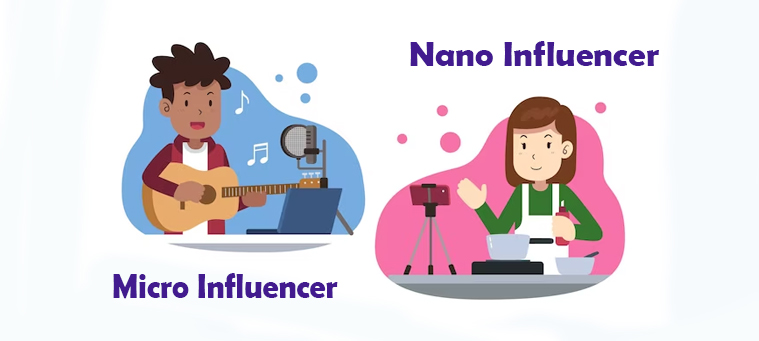In today’s digital marketplace, Amazon Influencers have become pivotal players in product promotion and brand awareness. These individuals have cultivated substantial followings on various social media platforms, leveraging their influence to showcase and recommend products available on Amazon.
For brands and sellers, collaborating with these influencers can be a powerful strategy to enhance visibility, build credibility, and ultimately drive sales. This comprehensive article aims to outline what you should ask for when partnering with Amazon Influencers to achieve your specific marketing goals and maximize the benefits of these collaborations.
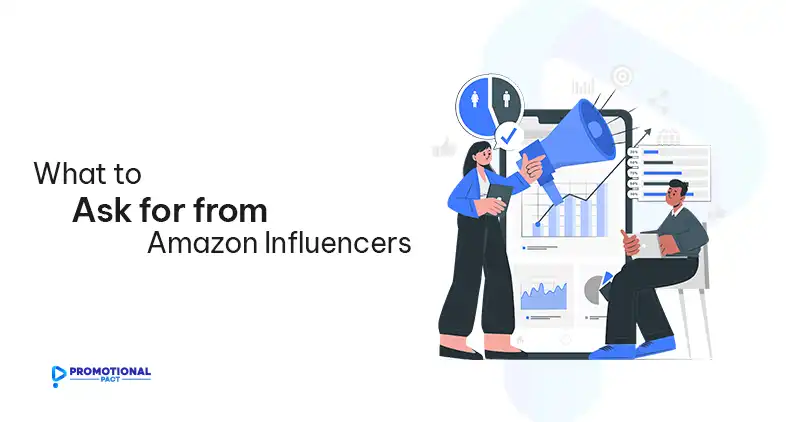
How to Identify the Right Influencers?
First of all, it’s crucial to ensure you’re partnering with the right ones. Identifying influencers who align with your brand and objectives is a critical first step in any successful influencer marketing campaign.
- When searching for the ideal Amazon Influencer, look for individuals whose content and audience demographics closely match your target market.
- When evaluating potential partners, consider not just their total number of followers, but also the average number of likes, comments, and shares their posts receive. Pay close attention to the quality and relevance of audience interactions as well.
- A thorough examination of the influencer’s Amazon Storefront can provide valuable insights into their experience and style. Take the time to review their past product recommendations, assessing whether they align with your brand’s values and quality standards.
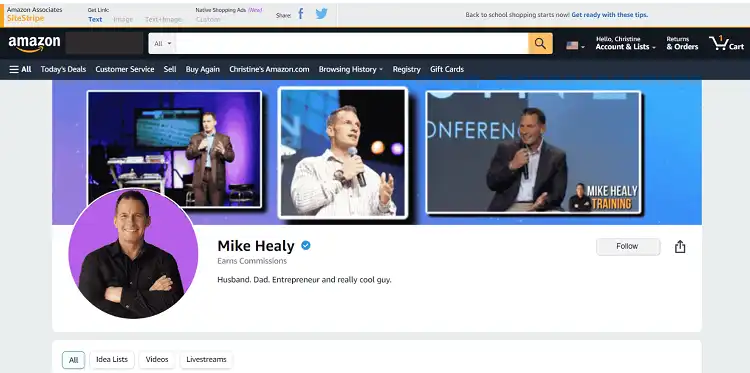
- Nano-influencers, with less than 10,000 followers, are often more receptive to collaborations based on free products alone. They typically have highly engaged, niche audiences.
- Micro-influencers, with 10,000 to 50,000 followers, may expect free products or a small fee. They often have a good balance of reach and engagement.
- Macro-influencers, with follower counts ranging from 50,000 to over a million, usually require monetary compensation but can offer substantial reach and professional-quality content.
- To discover suitable influencers, utilize a combination of tools and platforms. The Amazon Influencer Marketing Program search function is an excellent starting point, allowing you to find influencers already familiar with the Amazon ecosystem.
Collaboration Goals and Objectives
Before reaching out to influencers, it’s essential to clearly define your goals for the collaboration. This clarity will help you communicate your expectations effectively and ensure that both parties are aligned in their efforts.
Brand Awareness
If your primary goal is to increase brand visibility, focus on exposure metrics like reach and impressions. Request content that seamlessly showcases your product in the influencer’s daily life. This approach helps viewers envision how your product could fit into their own lives, fostering a connection with your brand.

Direct Sales
When driving immediate sales is your objective, emphasize conversion rates and use tools to track sales directly from the influencer’s links. Consider partnering for a comparison review that highlights your product’s benefits with a clear call-to-action to purchase. This strategy works particularly well for products that solve specific problems or offer unique features compared to competitors.
Content Creation
If you’re seeking high-quality content for your channels, be specific about the types of content you prefer, such as reviews, unboxings, or tutorials. It’s crucial to clarify content usage rights early in the negotiation process.

Exclusive rights give you sole ownership of the content for a specified period, which can be valuable for major campaigns. Non-exclusive rights allow the influencer to reuse the content on their channels, which can extend your reach but may limit your control over the content’s distribution.
Long-term Partnerships
For brands looking to establish ongoing collaborations, discuss the possibility of ambassador programs or plan exclusive promotions. Long-term partnerships can lead to more authentic endorsements as the influencer becomes genuinely familiar with your brand over time.
Consider offering early access to new products or involving trusted influencers in product development processes to deepen the relationship.
Specific Requests to Make from Influencers
Once you’ve identified suitable influencers and set clear goals, it’s time to make specific requests. Being detailed in your requirements helps ensure that the resulting content aligns with your vision and marketing objectives.
Content Requirements
Clearly communicate your expectations regarding the number of posts or videos you’re requesting. Specify preferred content formats, whether that’s Instagram posts, YouTube videos, blog articles, or a combination. Provide style and tone guidelines that align with your brand’s voice, but be careful not to stifle the influencer’s creativity – their unique style is what resonates with their audience.
Posting Schedule
Establish a clear timeline for the collaboration. Discuss the frequency of posts and optimal posting times based on when the influencer’s audience is most active. Agree on the overall campaign duration, ensuring it aligns with any broader marketing initiatives you may have planned.
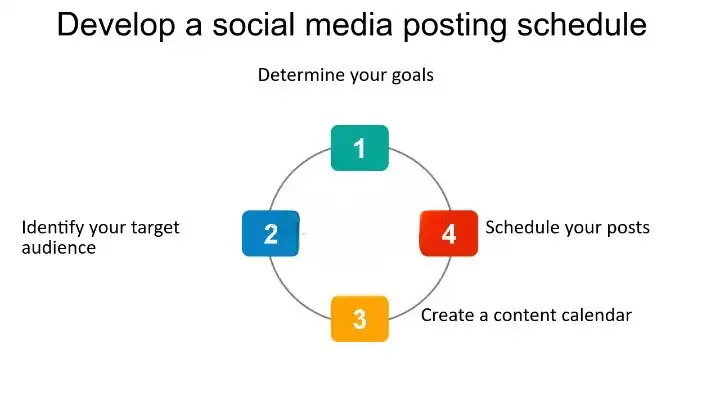
Product Placement and Highlighting Features
Guide the influencer on how to present your product effectively. Identify key features you want emphasized and ensure they understand your brand messaging. Encourage them to include a clear Call to Action (CTA) for their audience, whether that’s visiting your Amazon store, using a specific discount code, or participating in a promotional event.
Performance Metrics and Reporting
Utilize a combination of tools for a thorough performance analysis. Amazon’s affiliate tools can provide detailed information on clicks and conversions originating from the influencer’s unique links. Also, many e-commerce platforms offer built-in analytics that can help you attribute sales to specific influencer campaigns.
Establish clear expectations for updates from the influencer. Weekly progress reports can help you stay on top of the campaign’s performance and make real-time adjustments if necessary. Encourage the influencer to share access to these analytics platforms or to provide regular exports of the data for your analysis.
Compensation and Incentives
You must discuss compensation upfront to avoid misunderstandings and ensure a mutually beneficial partnership. Be prepared to negotiate and consider various compensation models to find an arrangement that works for both parties.
When structuring your influencer campaign, consider various payment options. Flat fees offer predictable budgeting but might not incentivize influencers. Commission-based models align with sales goals, but may be less appealing for larger audiences. A hybrid approach combines a base fee with performance bonuses, striking a balance. Discuss these options openly to find the best fit.
Beyond base compensation, consider incentives like performance bonuses or exclusive discounts to motivate additional effort. Free products for long-term partners can lead to more natural brand mentions.

Approach negotiations with a spirit of collaboration rather than confrontation. Be open about your budget constraints and deliverable expectations. Consider offering non-monetary incentives, such as early access to new products or the opportunity to provide input on future product development.
For nano and micro-influencers, providing free products for content creation might be sufficient compensation. With larger influencers, explore upfront payments combined with performance bonuses to share both the risk and reward of the campaign.
Legal and Ethical Considerations
Protecting your brand and ensuring compliance with regulations is paramount in influencer marketing. Address these legal and ethical considerations early in the partnership to avoid potential issues down the line.
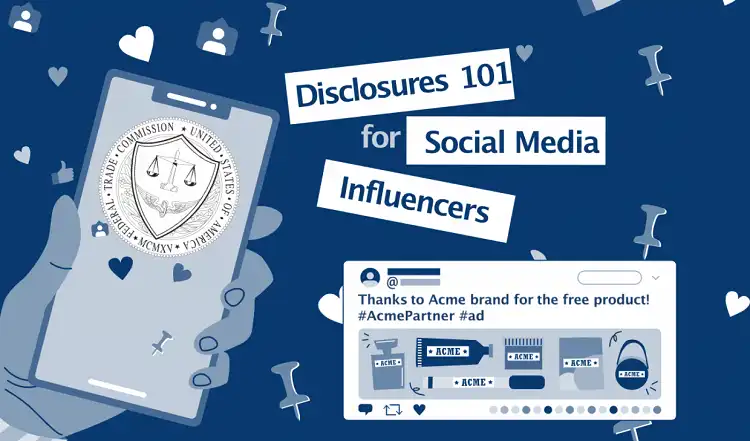
Emphasize the importance of transparent sponsorship disclosure in line with FTC guidelines. Provide clear instructions on how to properly disclose the partnership in posts, videos, and other content. This might include specific hashtags (like #ad or #sponsored) or verbal disclosures in video content. Stress that proper disclosure not only complies with regulations but also builds trust with the audience.
Always use written agreements that outline the scope of work, payment terms, content ownership, usage rights, and disclosure requirements. These agreements protect both parties and set clear expectations for the partnership. Consider including clauses about content approval processes, deadlines, and procedures for handling any disputes that may arise.
Conclusion
Collaborating with Amazon Influencers can significantly boost your brand’s presence and sales on the platform. By carefully selecting the right influencers, setting clear goals, making specific requests, and maintaining strong relationships, you can create mutually beneficial partnerships that drive results. Remember to stay flexible, monitor performance, and always prioritize authenticity in your influencer collaborations.
Related FAQs
How do I determine the right budget for an Amazon Influencer collaboration?
The budget depends on various factors including the influencer’s tier, engagement rate, and your specific goals. Start by researching industry standards for your product category and influencer size. For nano and micro-influencers, product gifting might suffice, while macro-influencers may require substantial monetary compensation.
Can I request exclusivity from an Amazon Influencer?
Yes, you can request exclusivity, but be prepared to compensate accordingly. Exclusivity means the influencer won’t promote competing products for a specified period. This can be valuable for product launches or major campaigns. However, it often comes at a premium price, so weigh the benefits against the additional cost.
How can I ensure the influencer’s content aligns with Amazon’s policies?
Familiarize yourself with Amazon’s policies regarding influencer content and communicate these clearly to your partners. Provide a brief guideline document outlining key dos and don’ts. Consider reviewing content before it goes live, especially for high-stakes campaigns.
